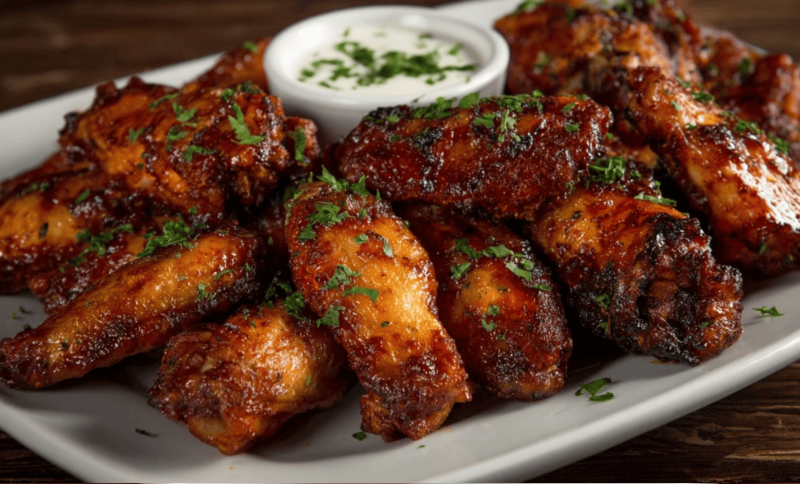Who doesn’t enjoy a plate of crispy, saucy chicken wings? From backyard barbecues to game night snacks, they’re a favorite comfort food.
But one question often comes up: how many calories are there in each chicken wing?
Cooking style makes a significant difference; fried wings tend to carry more fat, while grilled or baked versions are generally lighter.
If you’re focused on nutrition, you may also wonder about the protein in chicken wings or even exactly how much protein is in a chicken wing.
Understanding these numbers helps balance flavor with health goals, making it easier to enjoy wings without the guilt.
The Story Behind Chicken Wing Calories
Every chicken wing has its own story, and the calories depend on how it’s prepared. A raw wing with skin starts off light, but once it’s cooked, the number climbs higher, especially if fried.
Remove the skin, and the count drops again, trading crunch for a leaner bite.
The difference isn’t just about numbers, it’s about flavor, texture, and the way cooking transforms a simple wing into something richer.
Frying adds indulgence, grilling keeps things lighter, and the skin itself is where much of the taste (and calories) live.
Chicken Wings With Skin
Chicken wings with skin are the classic choice, offering a crispy, flavorful, and satisfying experience.
The skin adds extra fat and calories, but it also brings the crunch and juiciness people love.
1. Raw Chicken Wings With Skin
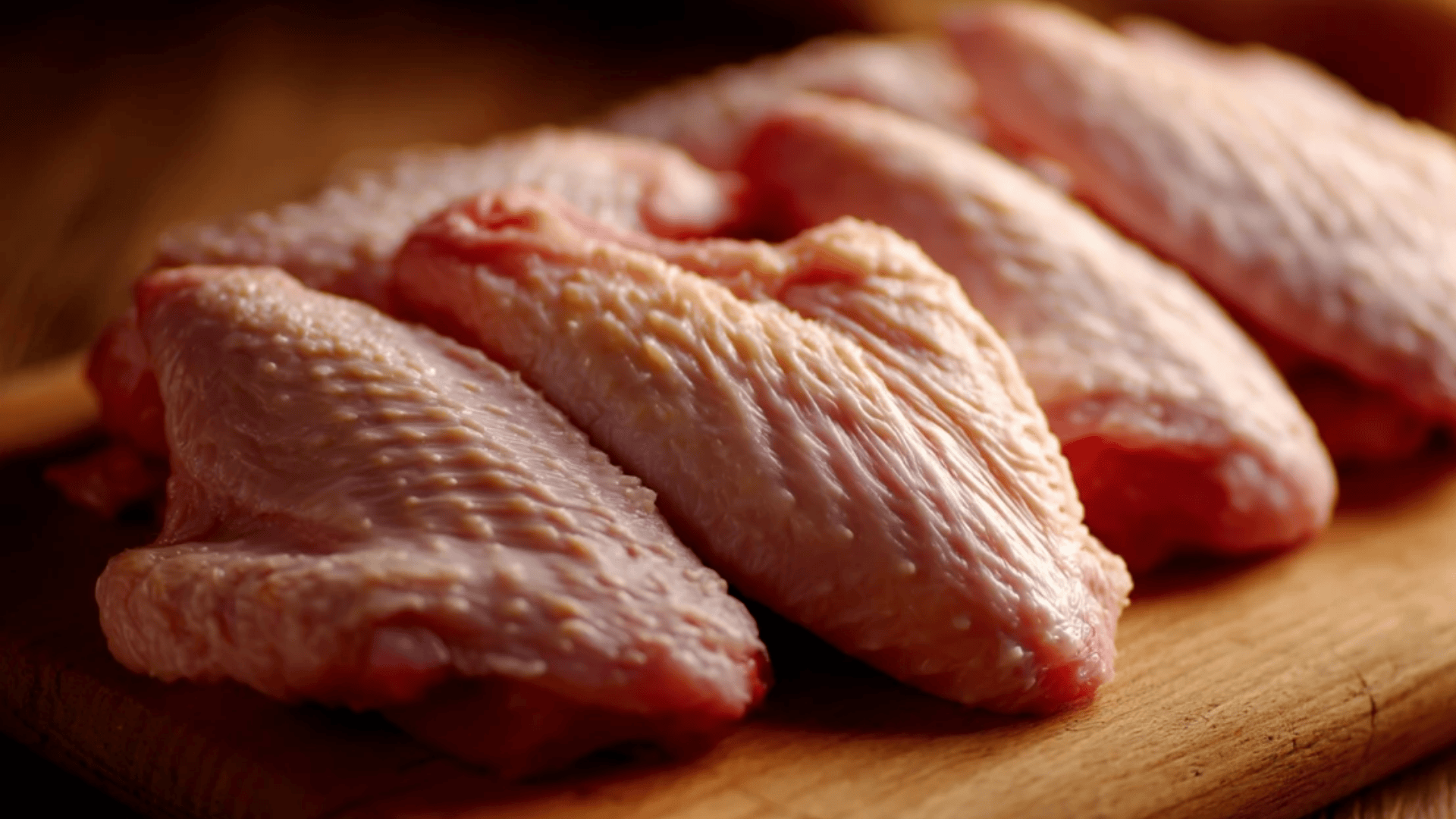
Raw wings with skin are moderate in calories and provide a decent amount of protein. The fat in the skin helps retain moisture, making them juicier when cooked.
They’re great as a base for grilling or roasting with marinades.
| Feature | Value (per wing, ~20 g raw) |
|---|---|
| Calories | ~43 |
| Protein | ~6 g |
| Fat | ~3 g |
| Texture | Soft, moist |
| Flavor | Mild |
Pro Tip: Keep the skin on when marinating; it soaks up flavors better and yields tastier wings after cooking.
2. Cooked Chicken Wings With Skin
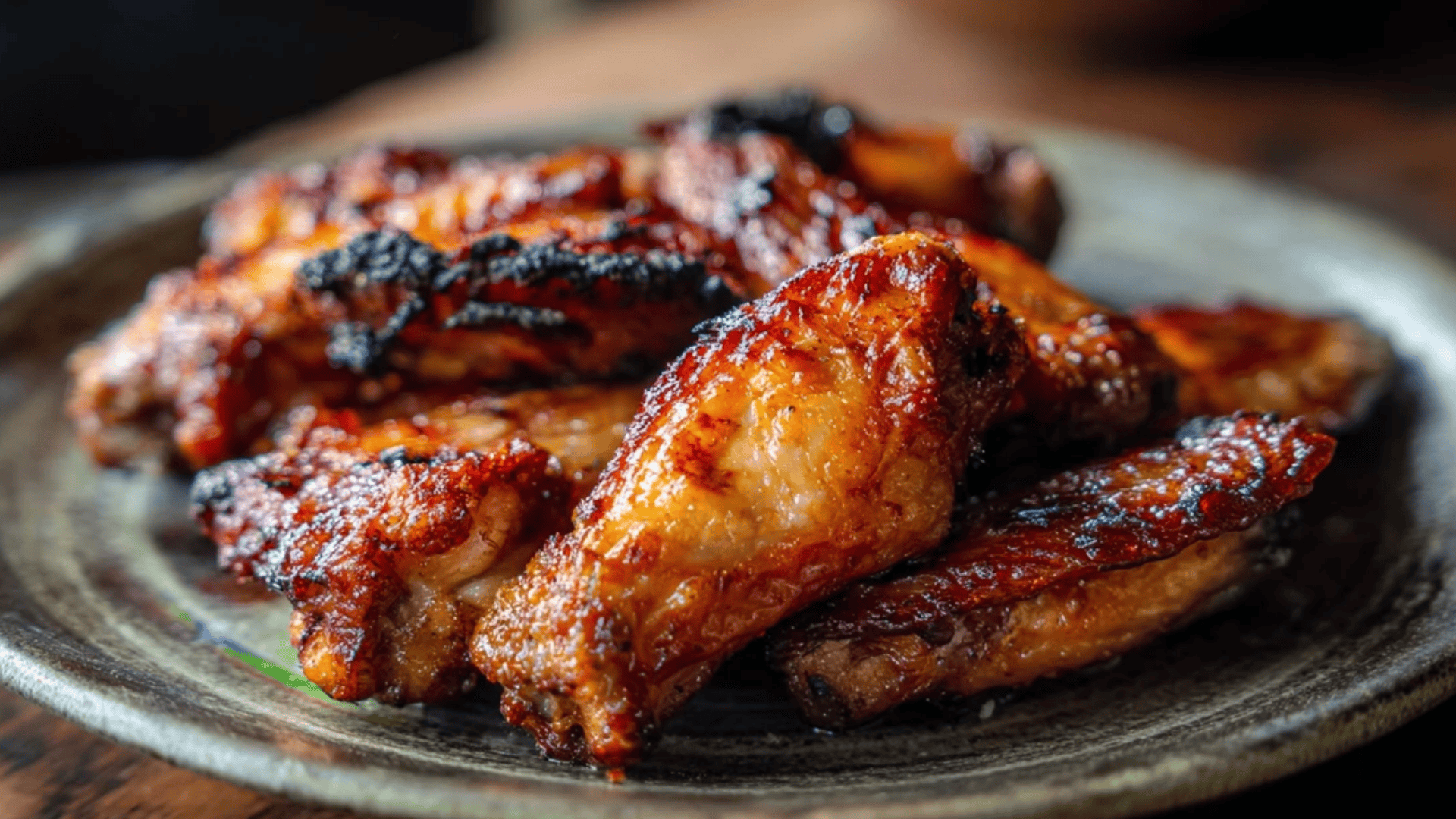
Cooking wings with skin intensifies both calories and protein as water is reduced.
The skin crisps beautifully, locking in juices and creating the rich, savory flavor most people associate with classic chicken wings.
| Feature | Value (per wing, ~22–24 g cooked) |
|---|---|
| Calories | ~99 |
| Protein | ~9 g |
| Fat | ~6.5 g |
| Texture | Crispier, juicier |
| Flavor | Rich, savory |
Pro Tip: Bake wings on a rack to reduce excess fat while maintaining a crisp texture.
Chicken Wings Without Skin
Chicken wings without skin are leaner and lighter, with fewer calories and fat.
While they lose some crispiness and flavor, they’re a smart choice for anyone watching calories or following a low-fat diet.
3. Raw Chicken Wings Without Skin
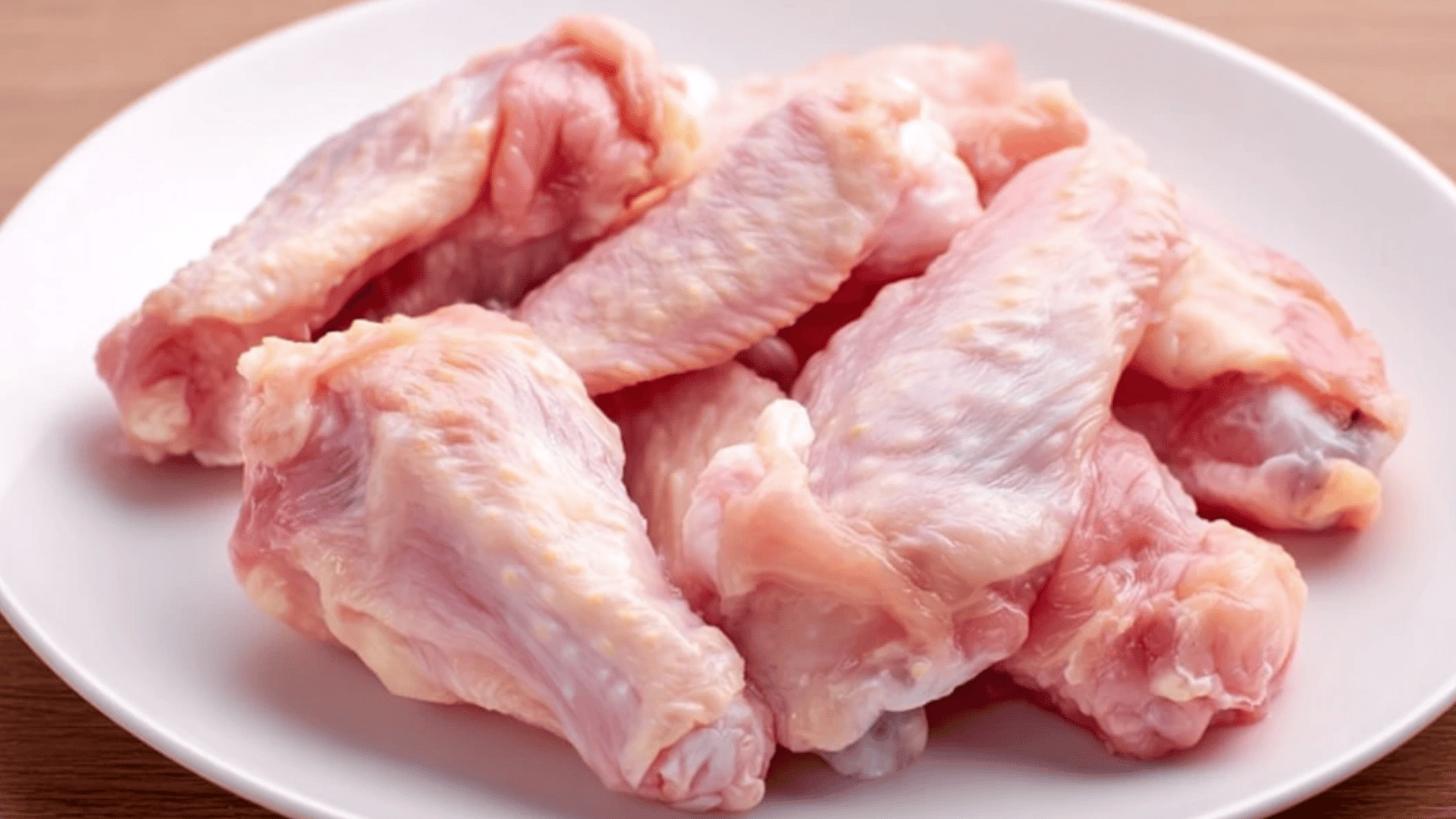
Skinless raw wings are the lowest in calories and fat. They provide lean protein and act as a blank canvas for seasonings or marinades, making them a protein choice for clean, high-protein meals.
| Feature | Value (per wing, ~20 g raw) |
|---|---|
| Calories | ~24 |
| Protein | ~5 g |
| Fat | ~1 g |
| Texture | Soft, leaner |
| Flavor | Mild, lighter |
Pro Tip: Use them in soups or stews to add protein without extra fat.
4. Cooked Chicken Wings Without Skin
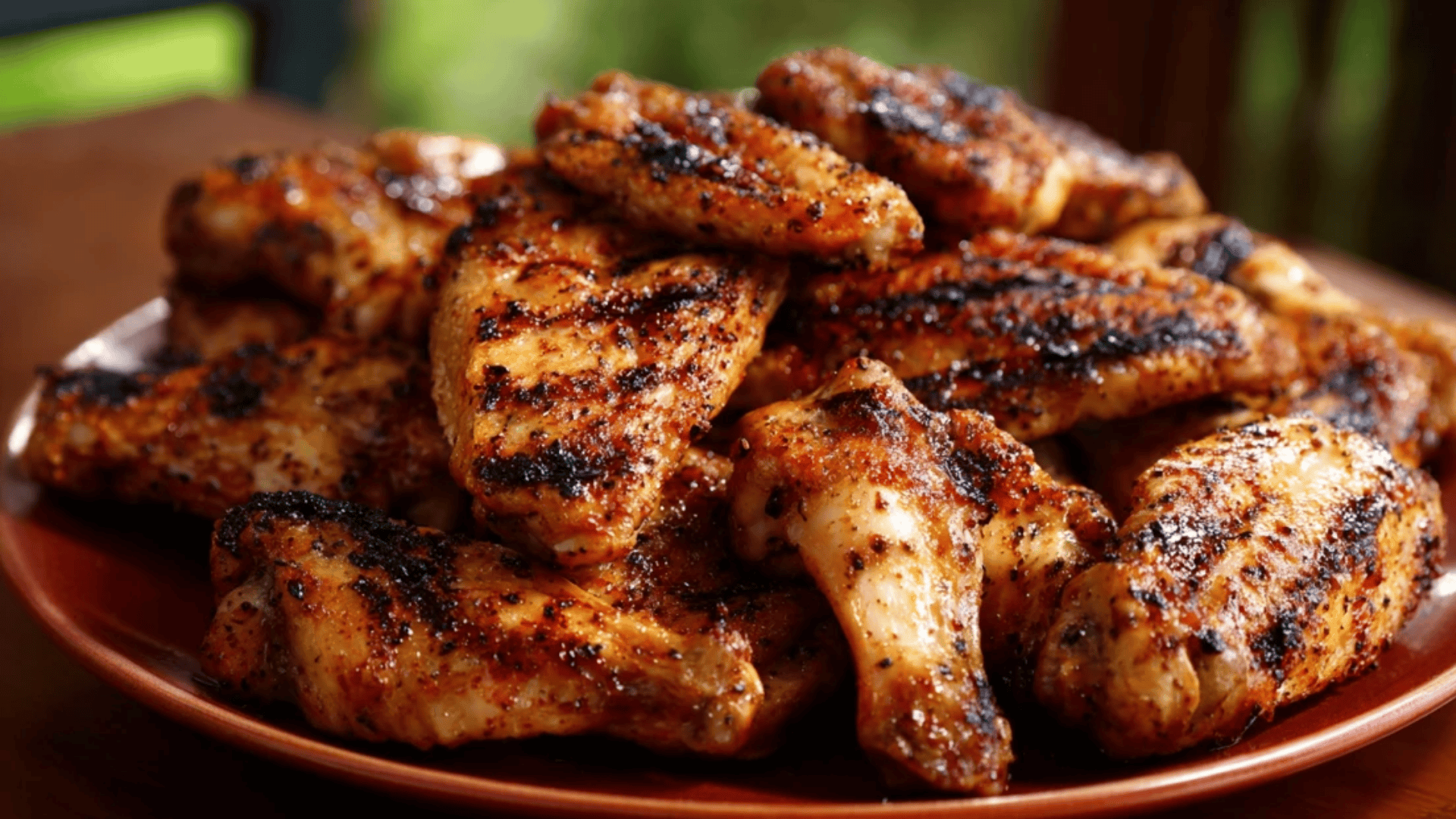
Cooking skinless wings keeps them light and protein-rich but slightly drier.
Without skin to hold moisture, they require marinades or oils to enhance their flavor. Still, they’re a healthy, lower-calorie alternative to traditional wings.
| Feature | Value (per wing, ~22–24 g cooked) |
|---|---|
| Calories | ~42 |
| Protein | ~6 g |
| Fat | ~1.5–2 g |
| Texture | Leaner, drier |
| Flavor | Light, mild |
Pro Tip: Brush lightly with oil or marinade before cooking to keep them moist and tasty.
Are Chicken Wings Good for Weight Loss?
Chicken wings can be part of a weight loss plan, but the way they’re prepared and how many you eat make all the difference. Let’s look at both sides.
1. When Chicken Wings Can Support Weight Loss
Chicken wings can work in your favor if they’re prepared with lighter methods and eaten in reasonable portions. The key is keeping calories under control while still enjoying the protein benefits.
- Baked or grilled instead of fried
- Skinless to cut down on fat and calories
- Eaten in moderation (about 4–6 wings)
- Paired with healthy sides like salads, veggies, or whole grains
With smart choices, wings can be a satisfying, protein-rich meal that still supports your weight loss goals.
2. When Chicken Wings May Hinder Weight Loss
On the flip side, wings can quickly become a calorie bomb if cooked with lots of oil, heavy sauces, or eaten in big portions. These extras add up faster than you might think.
- Deep-frying in oil adds excess calories
- Smothered in sugary or creamy sauces
- Eaten in large amounts (like 10–12 wings at once)
- Paired with fries, chips, or other calorie-heavy sides
Overdoing it with fried or saucy wings can easily stall progress, making portion control and preparation style crucial for weight loss success.
Health Benefits of Chicken Wings
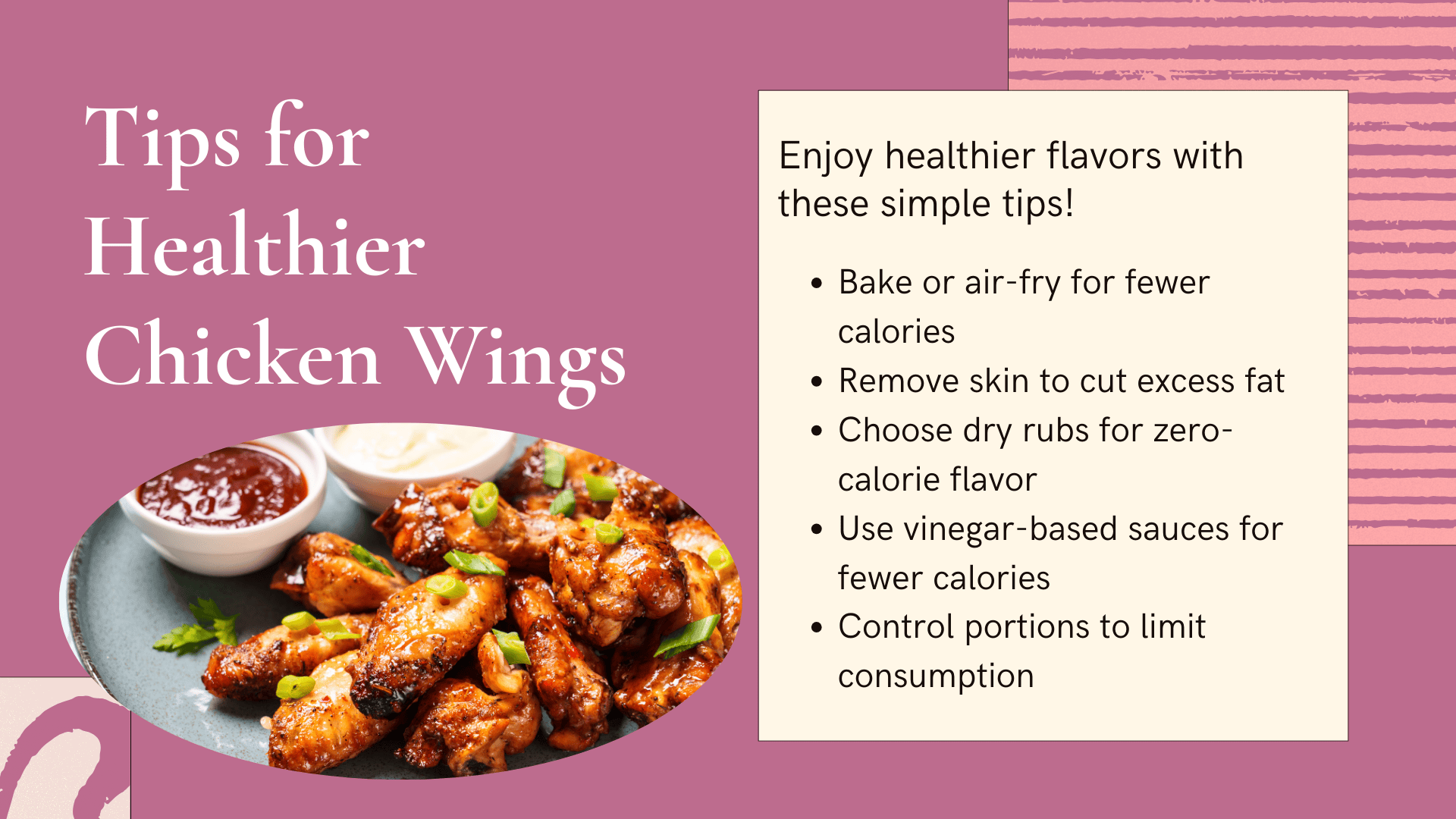
Chicken wings aren’t just a guilty pleasure; they actually come with some surprising health benefits.
Each wing provides a solid source of protein, which is essential for muscle repair, energy, and maintaining a feeling of fullness.
They’re also rich in important vitamins and minerals, including iron, zinc, and B vitamins that support metabolism and immunity.
Since wings are naturally low in carbohydrates, they’re a great fit for keto and other low-carb lifestyles. However, the way wings are prepared makes a big difference.
Fried or heavily sauced versions add extra sodium, sugar, and fat; therefore, balance and moderation are the keys.
Chicken Wings vs. Other Chicken Cuts
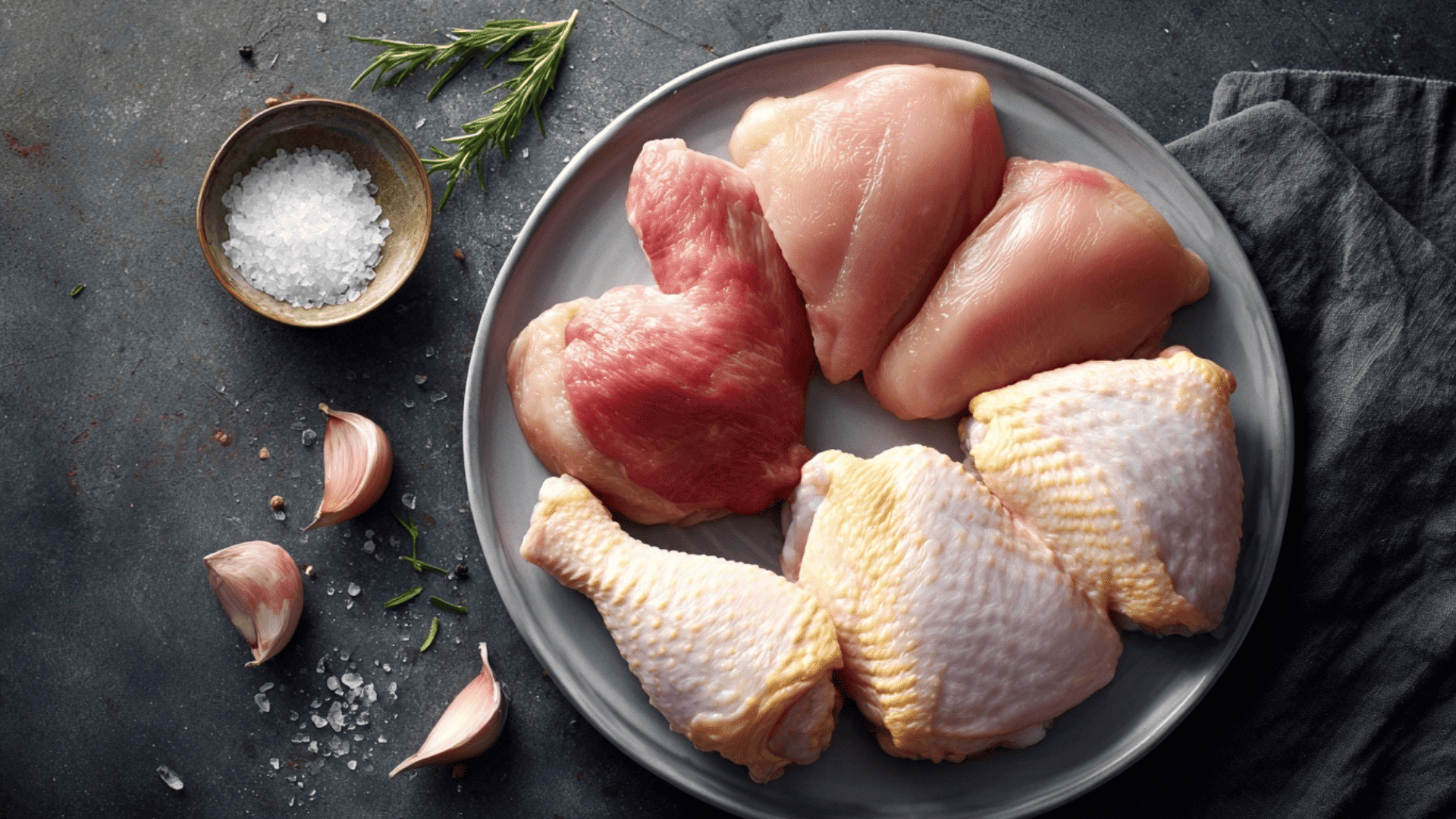
Not all chicken parts are the same when it comes to calories, protein, and fat. Some cuts are leaner, while others are richer and more flavorful.
Here’s how chicken wings compare to other popular cuts.
| Chicken Cut | Serving Size | Calories | Protein | Fat |
|---|---|---|---|---|
| Chicken Breast | 3 oz cooked | ~165 | 31 g | 3.5 g |
| Chicken Thigh (with skin) | 3 oz cooked | ~209 | 19 g | 13 g |
| Chicken Drumstick (with skin) | 1 medium | ~99 | 12 g | 5 g |
| Chicken Wing (with skin) | 1 medium | ~99 | 9 g | 6.5 g |
Chicken wings land in the middle, leaner than thighs but fattier than breasts.
If you want maximum protein with fewer calories, chicken breast is the best option, while wings strike a balance between flavor and nutrition.
For more details on drumsticks and chicken legs, check out this blog: Chicken Leg Protein!!!
Final Thoughts
Chicken wings are undeniably delicious, but like any comfort food, they’re best enjoyed in moderation.
The calorie count in chicken wings can vary depending on how they’re prepared; fried wings tend to pack more fat, while baked, grilled, or skinless versions keep things lighter.
Regardless of the style, wings still deliver a substantial amount of protein, making them a satisfying and filling option.
The key is balance: enjoy them with healthy sides, keep portions in check, and choose cooking methods that align with your goals.
So the next time you sit down with a plate of wings, make it a smarter choice. Ready to dig in guilt-free?








